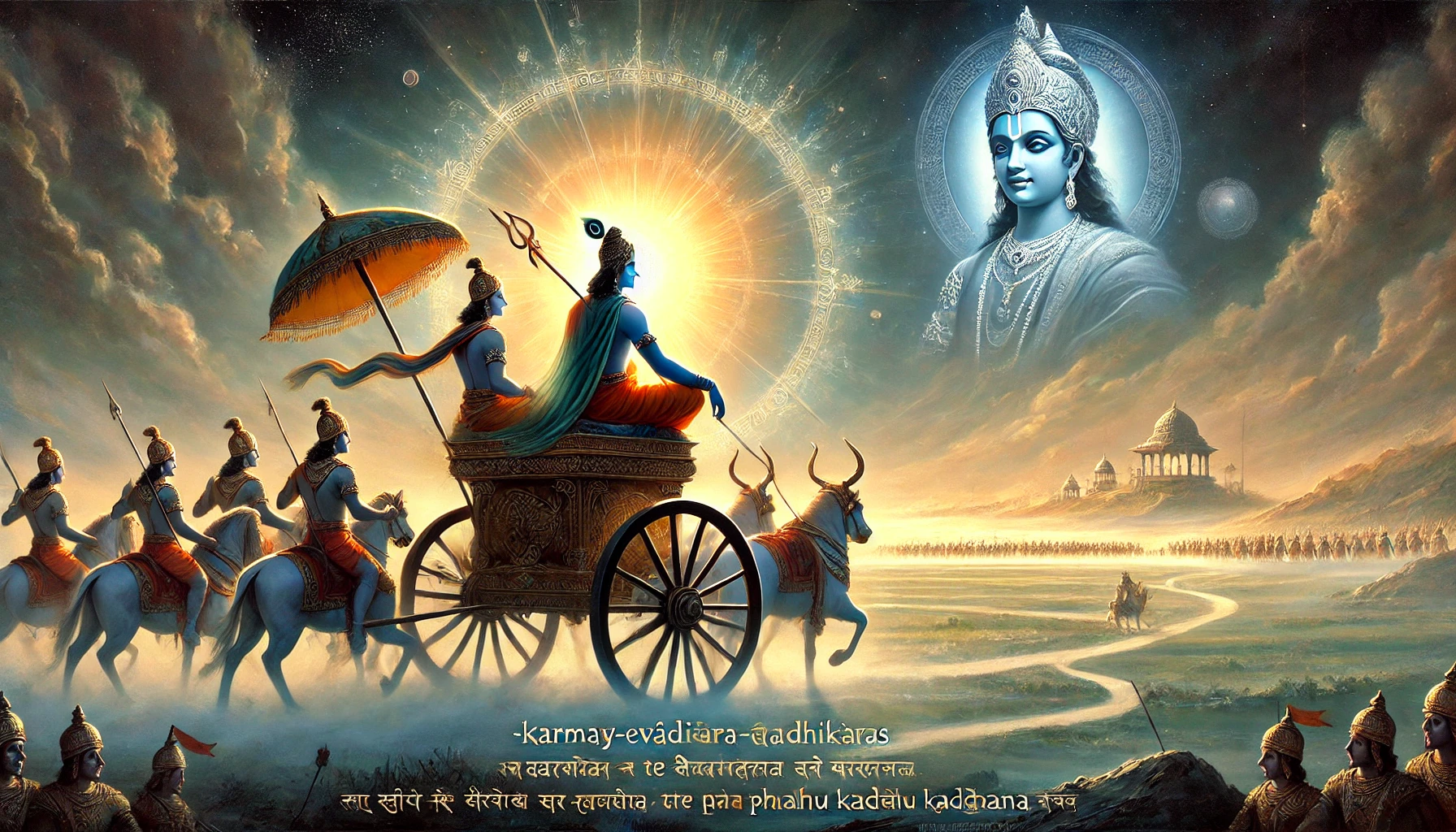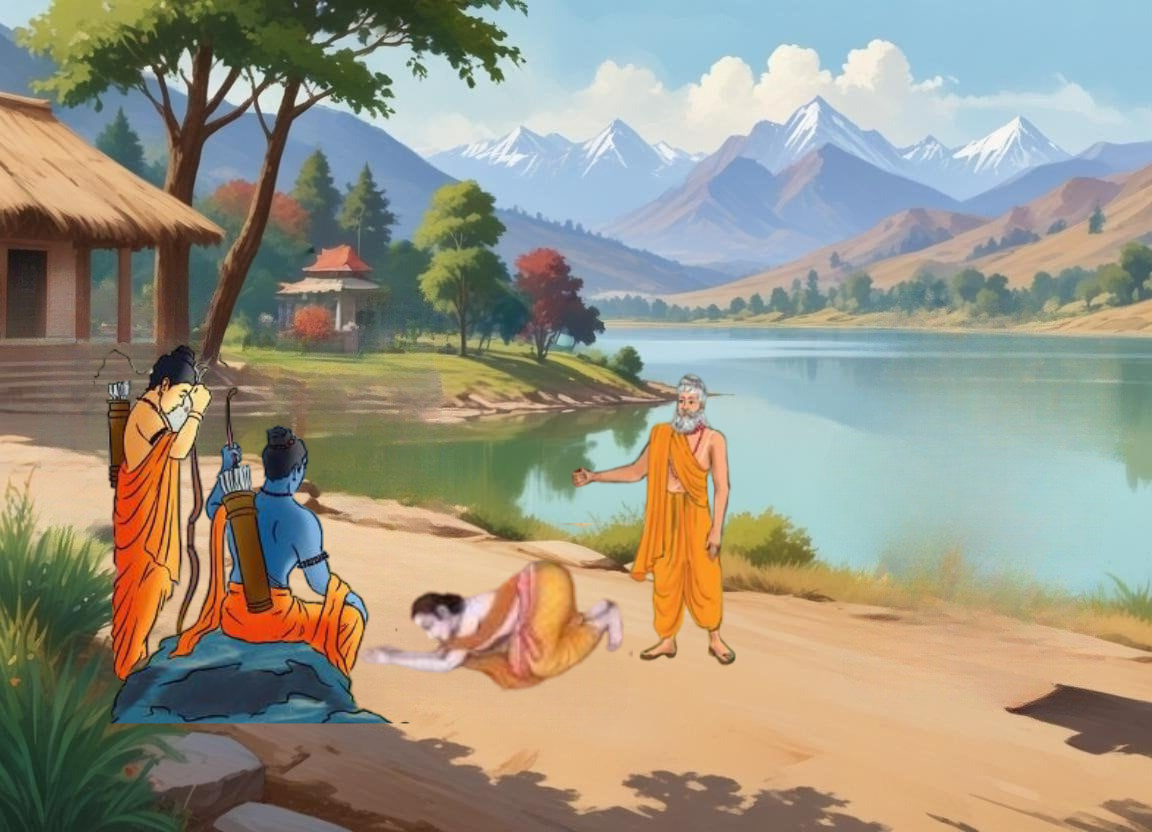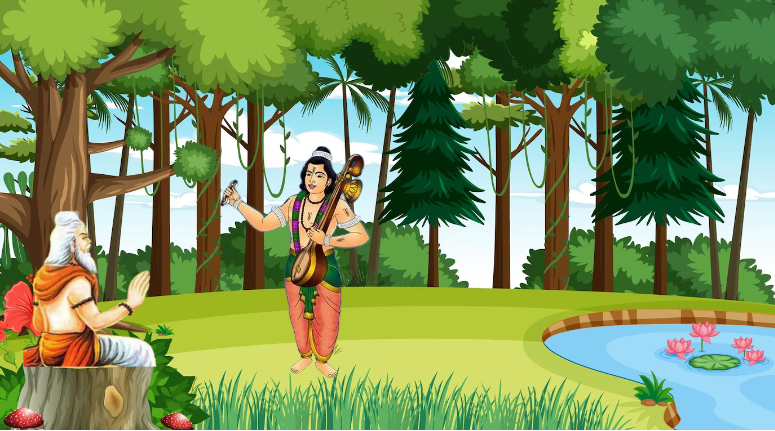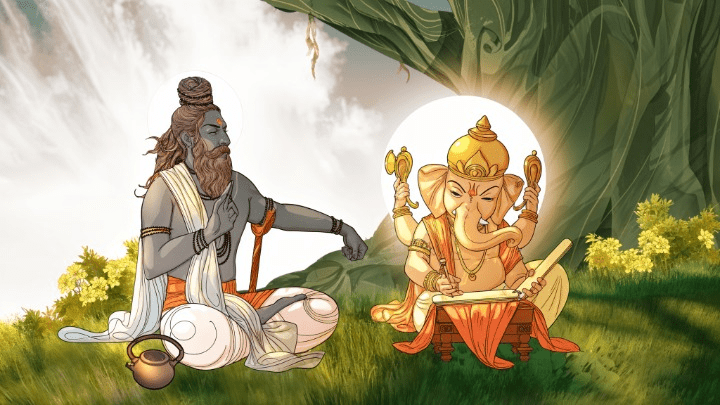This story from the Ramayana, shared in the Shiva Purana, brings forward a powerful lesson on duty, truth, and the courage to act decisively even in challenging situations. It takes place during the time when Rama, Sita, and Lakshmana are living in exile in the forest after being sent away from Ayodhya. During this period, Rama realizes that the annual Tarpana ceremony for his late father, King Dasharatha, is due. Tarpana is a ritual offering to honor and satisfy one’s deceased ancestors, and it holds significant spiritual value as it is believed to bring peace to their souls. If not performed at the right time, it is said that the ancestors would remain unfulfilled and restless.
The three exiles were staying near the Phalgu River, but they lacked the specific materials required for the Tarpana ritual, which weren’t available in the forest. Hoping to find what they needed, Rama asked his brother Lakshmana to go to the nearest village to gather the necessary items. Lakshmana set out, but he took longer than expected. As time passed, Rama grew concerned about the delay and decided to go to the village himself to check on Lakshmana. However, he too was delayed.
Left alone by the river, Sita realized that the auspicious time for the ritual was slipping away, and her heart was filled with a deep sense of responsibility. She understood how important it was for Rama to fulfill his duties towards his ancestors, and despite the absence of proper materials, she was determined to honor the ritual herself. Gathering what little she could find, Sita prepared to offer the Tarpana with pure intentions, trusting that the sincerity of her heart would suffice.
She went to the riverbank, using oil from crushed Ingudi berries to light a small lamp. She gathered some ketaki flowers, which she could find in the forest, along with fresh milk from a nearby cow and water from the Phalgu River. She combined these humble elements to create a symbolic pinda, a small offering of food, and with deep respect, offered it in honor of King Dasharatha and Rama’s ancestors from the noble Surya-Vamsha, also known as the Ikshvaku lineage.

Sita’s devotion was so heartfelt and genuine that, to her astonishment, a miraculous response occurred. From the earth before her, adorned hands appeared, decked in golden bangles, reaching out to receive her offerings. A voice emanated from the air, addressing her with gratitude. It was the voice of King Dasharatha himself, her father-in-law, who said, “O Sita, daughter of Janaka! We have received your Tarpana offerings and are satisfied.” Overwhelmed, Sita bowed with humility and inquired how she could prove to Rama and Lakshmana that this mystical encounter had truly taken place and that their ancestors had indeed accepted the offering.
In response, Dasharatha instructed her to call upon the river Phalgu, the ketaki flower, the fire she had kindled, and the cow whose milk she used, asking them to bear witness to her actions. Trusting in their loyalty, Sita took them as witnesses to confirm the truth of her offering. She then waited patiently for Rama and Lakshmana to return.
When Rama and Lakshmana finally arrived, weary and burdened with the ritual materials they had gathered, they were eager to proceed with the Tarpana. Rama, noticing Sita, asked her to prepare some food while they quickly performed the ceremony. But to their surprise, Sita gently informed them that there was no need, as she had already completed the Tarpana herself, and their ancestors had come and accepted it.
Rama, however, was doubtful and found it hard to believe. “Sita,” he exclaimed, “Lakshmana and I have been performing this ritual for years, strictly following every rule, yet we’ve never experienced any sign that our ancestors directly accepted our offerings. And you claim that with just a few things gathered from the forest, they appeared to you?” Sita assured him that this was indeed what had happened, but Rama and Lakshmana remained skeptical.
Sita, disheartened by their disbelief, asked her witnesses—the river Phalgu, the ketaki flower, the fire, and the cow—to vouch for her. Yet, to her astonishment, all four remained silent, failing to support her. Sita was deeply hurt, feeling humiliated by their denial. Rama and Lakshmana even laughed at what they saw as an elaborate tale. Disheartened and embarrassed, Sita watched as they began their own Tarpana preparations.
Just as they were about to begin, a celestial voice interrupted them. “Rama, why do you repeat this ritual when Sita has already performed it, and we are fully content with her offering?” The voice from above was that of their satisfied ancestors, confirming that the ritual had been completed and accepted. Rama was stunned, yet he still questioned the lack of witnesses.
At that moment, Surya, the sun god, appeared as a witness on Sita’s behalf. He spoke clearly that Sita had made the pinda-dana, and that her ancestors had gratefully accepted her offerings. “Do not summon them again, Rama. They are fully satisfied for the year.” Rama and Lakshmana, finally convinced by this divine testimony, were filled with admiration for Sita’s devotion and honesty.
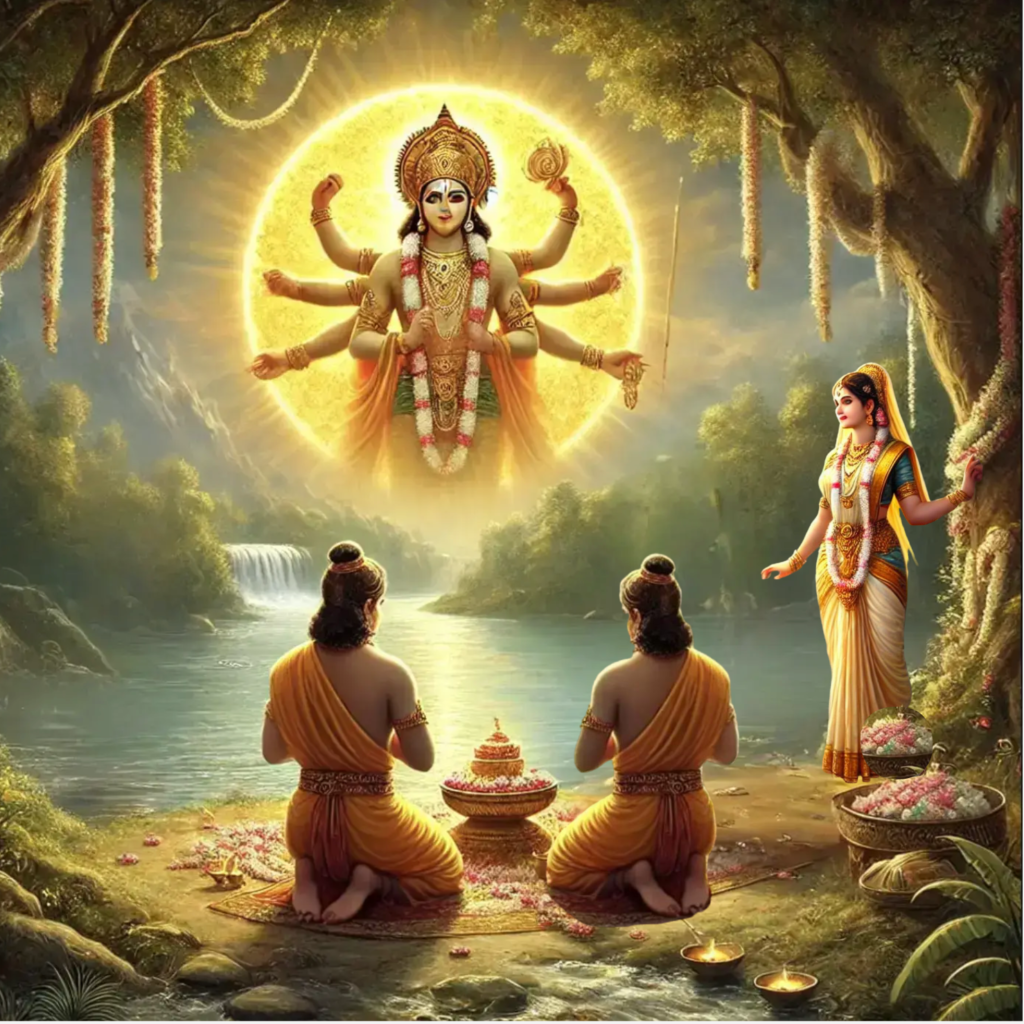
Sita was angered by the witnesses. In her disappointment, she curse on each of them. She cursed the Phalgu River, decreeing that it would lose its surface visibility and flow only beneath the ground, hidden from sight. To the ketaki flower, she proclaimed that it would no longer be fit for offerings in worship, particularly for Shiva. The cow, which failed to speak up, was cursed such that her mouth would henceforth be considered impure, from that day onwards only the back portion of the cow would be auspicious. Finally, Agni, the fire god, who had remained silent despite knowing the truth, was cursed to consume everything indiscriminately, a fate that would forever remind him of his lack of loyalty to her.
This powerful tale from the Ramayana underscores Sita’s strength, resilience, and unwavering commitment to righteousness, as well as her willingness to speak out against falsehood and betrayal. Her decisive action and her ability to stand up for herself, even in the face of disbelief and mockery, serve as an enduring reminder of the importance of integrity and the courage to uphold one’s convictions. This story also reflects the significant role of witnesses in affirming the truth and the consequences that arise when one fails to uphold this duty. Through Sita’s fierce devotion and determination, the story emphasizes that a pure heart and genuine faith are often the most potent offerings of all.

